MAILSFORSALES
What is GetResponse?
GetResponse has been around for quite some time now. It started in 1997 when SEO Simon Grabowski launched the first autoresponder.
This led to a domino effect, starting with registering https://bit.ly/3wgB9ev a year after.
Since then, GetResponse has been expanding its features and growing its team globally. The tool has also attracted praise from publications like Website Magazine which awarded GetResponse as the second-best email marketing provider in 2011.
But fast forward to now, with much stiffer competition chock full of bells and whistles to the delight of users, how has GetResponse managed to stay on top of its game?
Its constant growth and ability to change with the times is one of GetResponse’s best qualities. It hasn’t rested on its laurels as it continues to provide users with the best email marketing features to help them grow their business.
Instead of gushing about how good GetResponse is, it’s best to get deep in the weeds and check out the tool in action.
Below are its main features and how each of them works in unison to help make an impact with your business.
Email marketing
Its flagship service remains one of the finest in the industry.
Building beautiful emails your subscribers will want to open is made easy using GetResponse.
Email creator
It all starts with choosing from its predesigned templates.
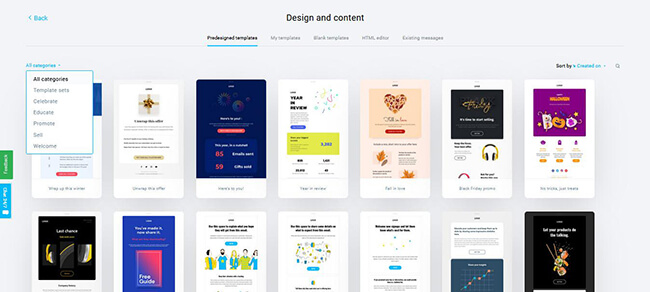
Instead of creating a design from scratch, just select which template you’d like to use for your email campaign. You can preview the template first and see if it matches the appearance and feel you’re looking for in your email.
To help you make searching for the right template much easier, show only templates from the category that fits your needs best.
From here, click on the blocks and sections you want to edit.
Its WYSIWYG editor lets you make changes on the page as your subscribers will see it once you’re done editing it.
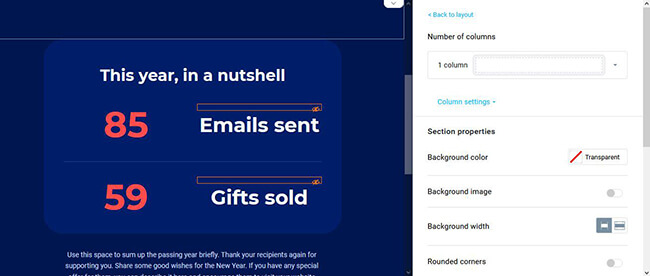
You can also make design changes on each block or section by tweaking its settings. Even if you don’t have any design skills, changing the color or resizing the font size is easy with just a few clicks.
You can even drag and drop blocks and sections you want to add to the template to further personalize it.

There’s also an Ecommerce section in the email editor where you can add the Product box and Recommended products blocks. However, you can only use these if you set up your store on GetResponse.
If you want to use the same email design on your other campaigns, you can save the current one as a template. You can then access your custom design in the Design and Content section (just click on the My templates tab) for future use.
Once you’re done with the design and figuring out who will receive the email, you need to schedule when the email will be sent to them.
You can send it immediately or set the time for your recipients to see them.

Better yet, enable Perfect timing to ensure that subscribers will receive the email at the best time based on when they opened previous emails from you.
Autoresponders
Now, let’s say you want to create an email or a series of emails to be sent to a group of subscribers automatically. Since it’s impossible to manually send the emails one by one, GetResponse makes this more convenient to you via its Autoresponders feature.
Create the first autoresponder by configuring when the email will be sent to a subscriber of your list.
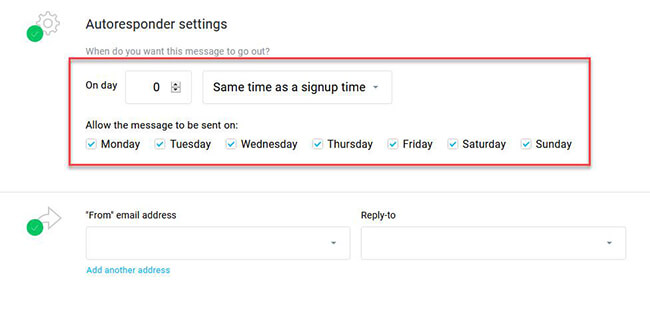
For example, you can use autoresponders to greet new subscribers by sending them a welcome email and links to pages on your site they need to visit to get them acquainted with your business.
Once you’ve determined the autoresponder’s schedule, you can design the email and publish it the same way as shown above.
While sending autoresponders is a great way to onboard new subscribers, this feature becomes much better when coupled with the marketing automation feature, which we will tackle shortly.
But just to give you an idea, you can automate your sales and engagement by setting up multiple autoresponders to create a drip-feed campaign!
Email analytics
To ensure the success of your email campaign, you must know how your subscribers received it.
Even if you felt you created the best email campaign out there, there’s a chance that all your subscribers don’t share the same sentiment.
If anything, you need to understand how your campaign fared with your subscribers for you to understand what you did right and/or wrong and help you improve upon your next campaign.
To do this, review the campaign’s analytics to see the different metrics that determine its overall performance.
From the dashboard, you will see the overview of how your list responded to one of your email campaigns.
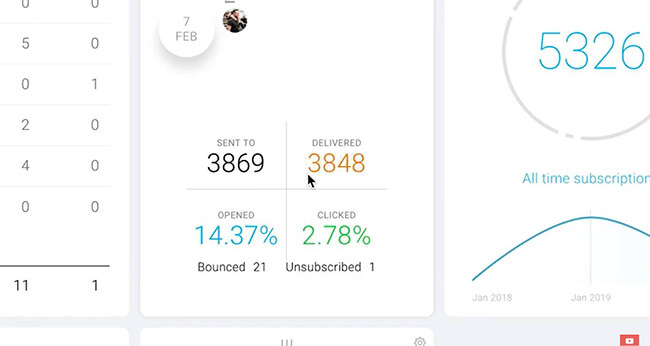
It shows you how many of the emails you sent were delivered to your subscribers, as well as the campaign’s open and click-through rates.
Digging deeper, you can see more information about the campaign like the bounce and unsubscribe rates, as well as the number of complaints it got.
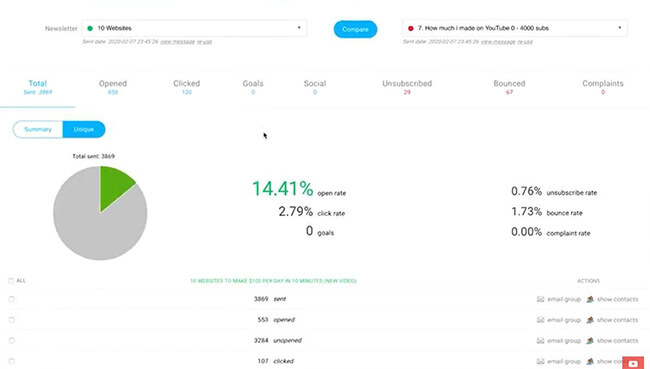
Factoring all these, you get a better idea of what made your campaign a hit or miss and what you can do to achieve better results.
If you want to analyze the growth of your list, the reports section will show you this in graph format on top of other variables (demographic, subscription methods, devices).
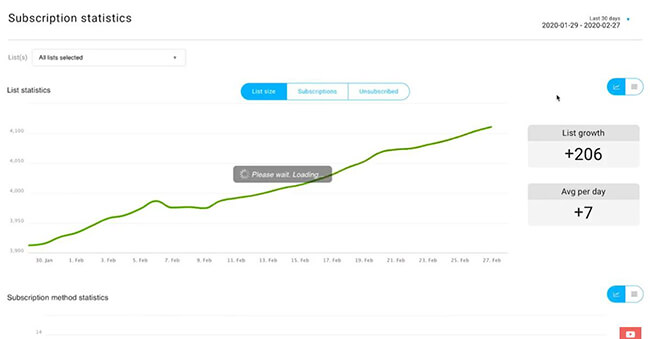
List management
When building a list, you want people who are engaged and active with your brand to join. However, you can only do that if you can send them emails that encourage them to participate and stay active.
GetResponse’s List Management feature helps you achieve this by first segmenting and adding conditions to your subscribers.
For example, you can segment groups of people who signed up using a different form with a specific message on your site (more on this later).
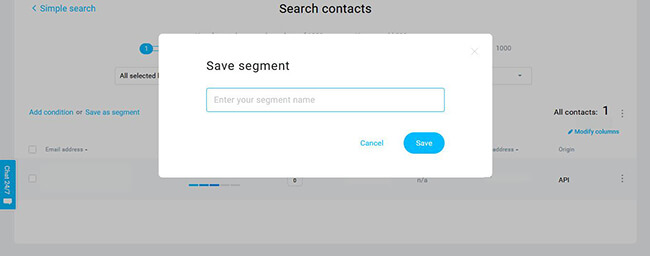
Once you have created a segment for them, you can create a personalized campaign for this segment that they can receive from you.
This way, you make your interactions with each of your segments more dynamic and personal to help increase engagement, if not conversions.
Another way to help you manage your subscriber list is by adding conditions to each.

You can get granular with your subscribers by segmenting them using conditions such as geolocations, contact actions, and others.
This way, you can group subscribers that met certain conditions and create personalized email campaigns for each.
From List Management, you can also profile each of your subscribers. Click on each one to learn more about them.
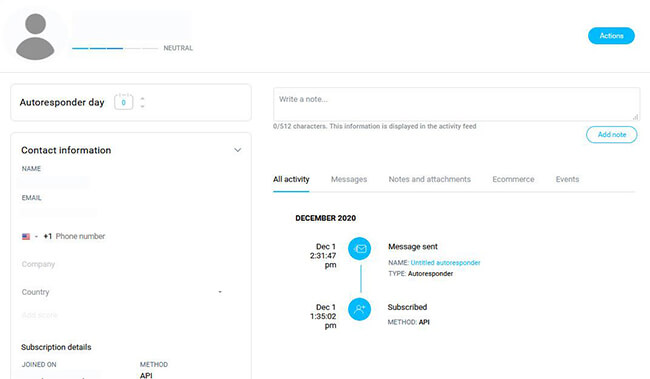
You can see their latest activity based on the emails you sent to each, add notes about each, and other details that could help you convert them into customers.
In a way, GetResponse works as a CRM. Using the information you can find here should help you profile subscribers and provide context for each of them.
Transactional emails
For people running an e-commerce site, you need more from your email marketing software aside from just collecting subscribers and sending emails.
You need a tool that will send emails to people who forgot to check out their carts and receipts to customers for every transaction.
With GetResponse, it’s Transactional Email feature lets you connect its API or SMTP and send transactional emails to customers.
Automating this system allows you to focus on the big picture – the tool’s 99% email deliverability rate and reliable infrastructure ensure that you’re not letting off the hook that easily.
You can analyze and review the performance of these emails to further maximize your sales opportunities.
Sign-up forms
Of course, you can’t launch an email campaign if you don’t have subscribers to send them to.
Thankfully, GetResponse has got you covered.
First, its sign-up form allows you to collect contact information that you will include in your list.
Creating a form is easy. Choose from four ways to create forms and select from the different templates organized into categories so you don’t have to start from scratch.
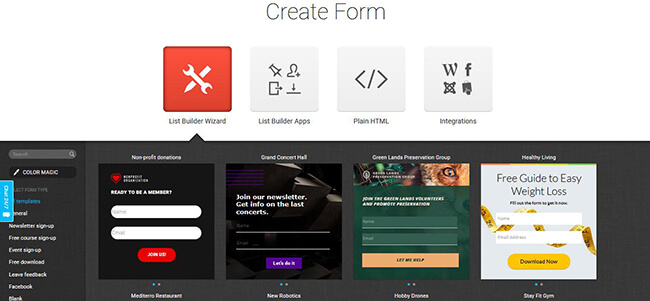
Similar to building an email, you can edit the existing fields and layout as well as add new ones if the need arises.
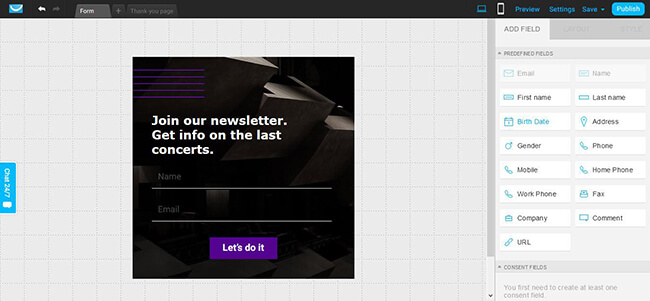
Once you’re done with the form, you can publish it on your site by pasting the code on any page.
You can also request your web designer to do this for you or let GetResponse host it from its servers. Regarding the latter, you’ll just need to share the URL with your audience.
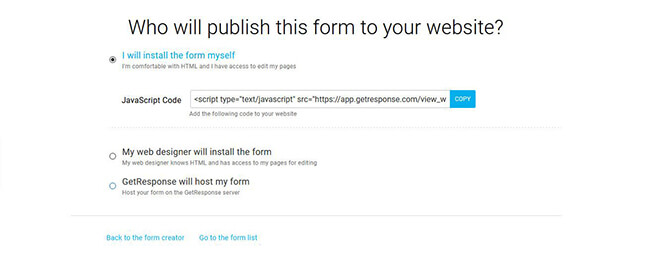
If you want your form to take a different appearance, you should be able to find your preferred type from the tool’s List Builder Apps.
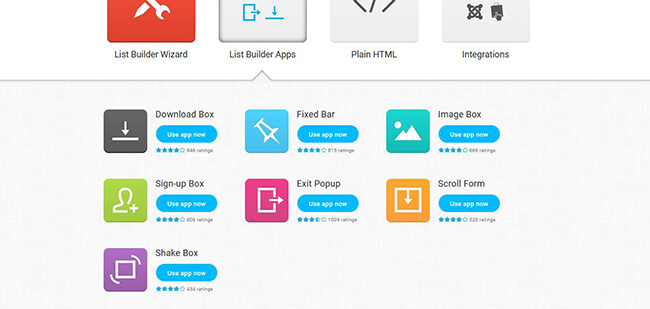
Click on the app of the form you want to build and edit it from there before publishing.
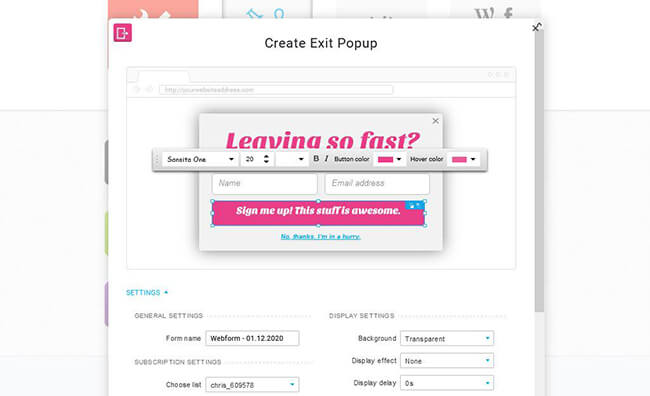
There are also options to create the form from plain HTML (if you are comfortable with your coding skills) or using integrations or plugins from popular platforms (WordPress, Drupal, Prestashop, etc.).
Email Marketing will grow your business faster than any other marketing medium!
I use and recommend GetResponse: https://bit.ly/3wgB9ev

Comments
Post a Comment